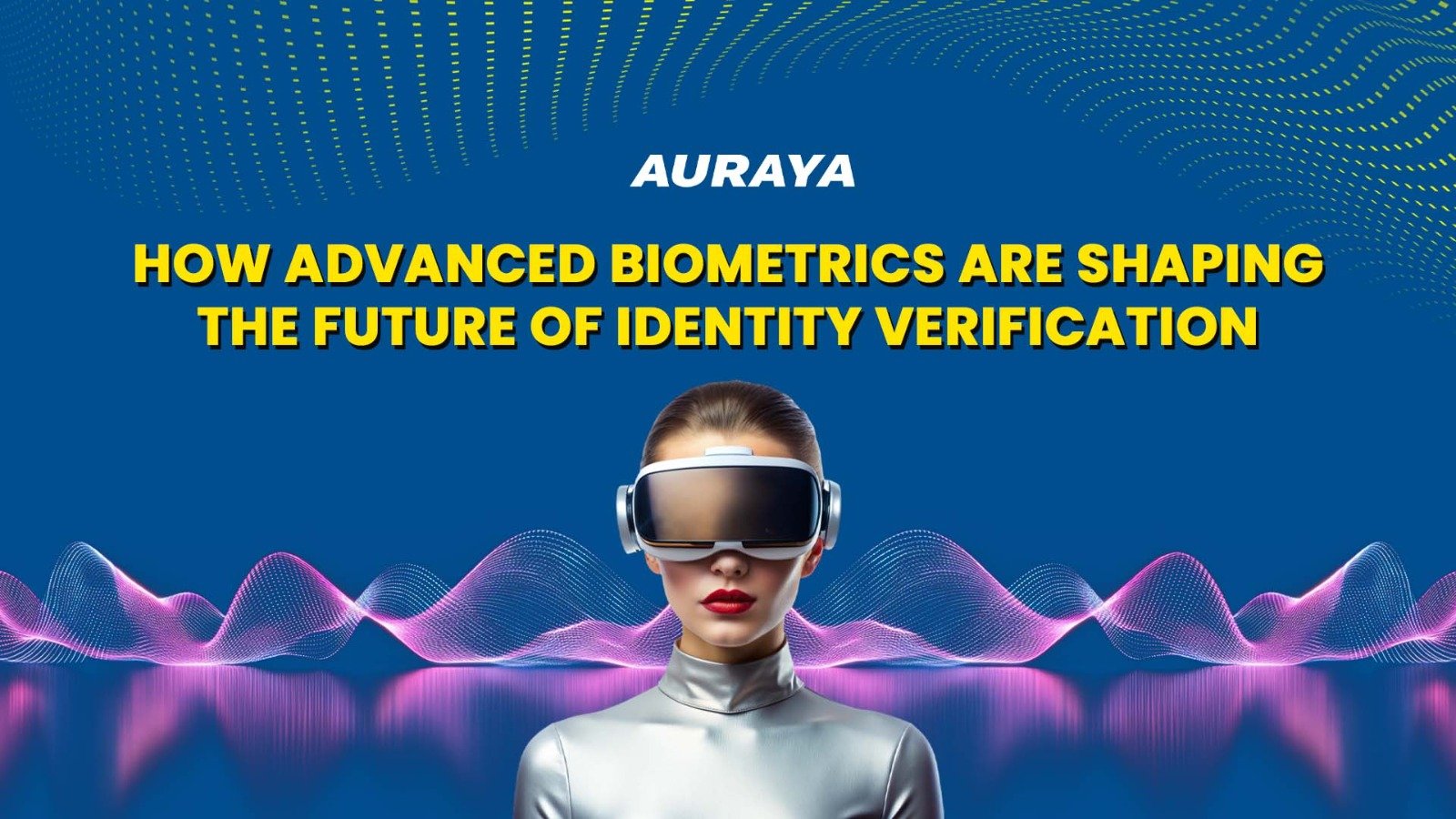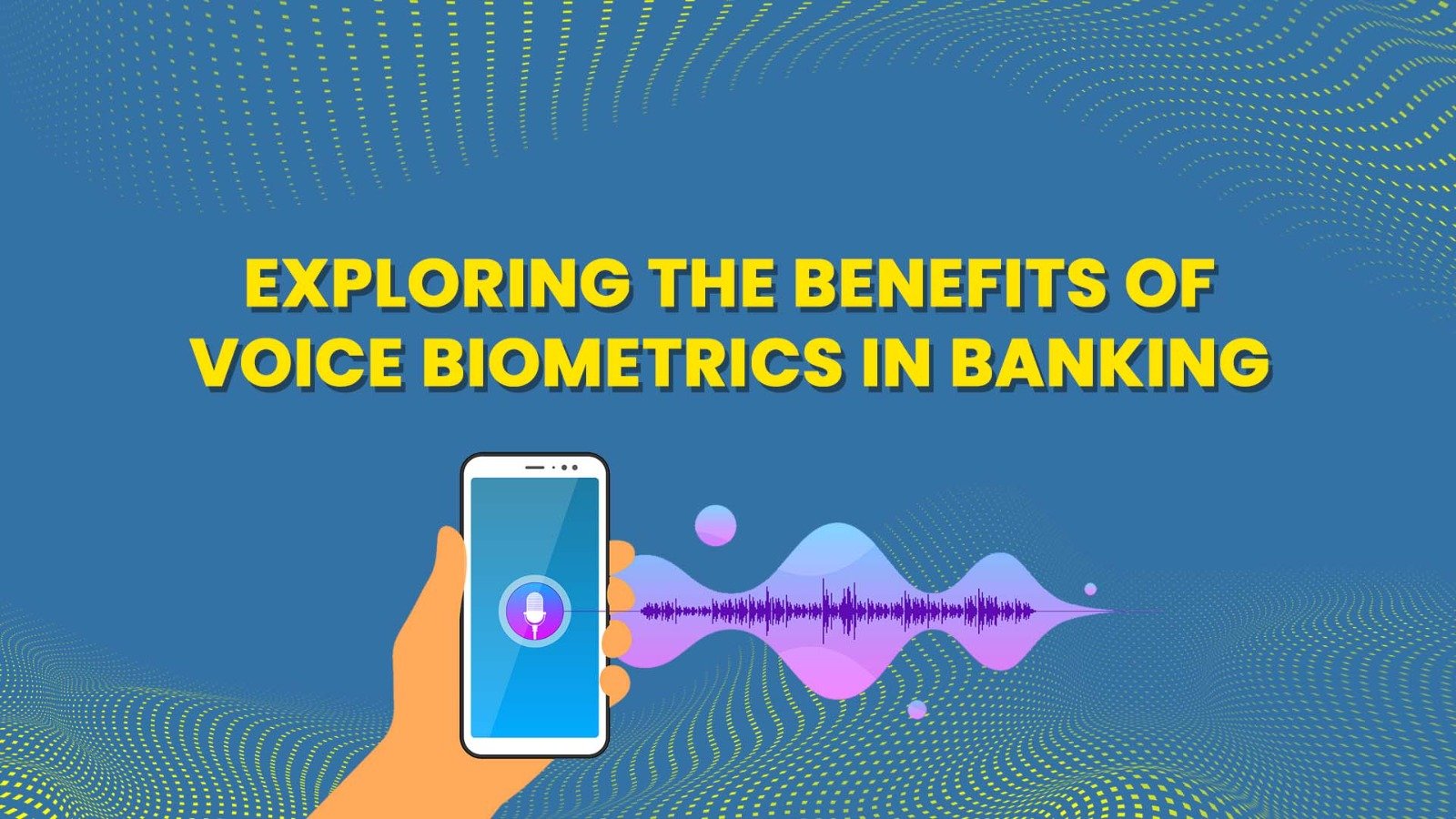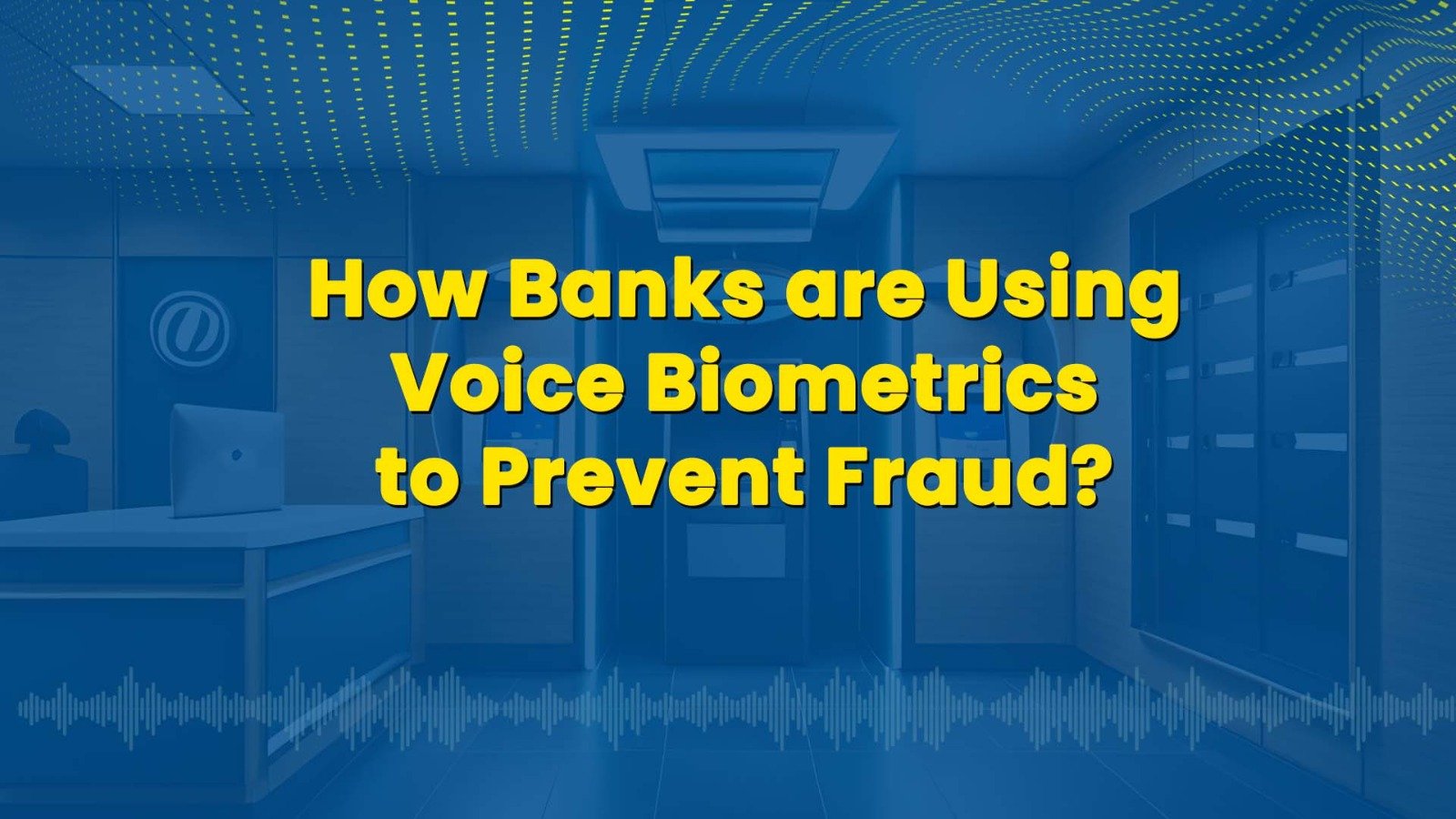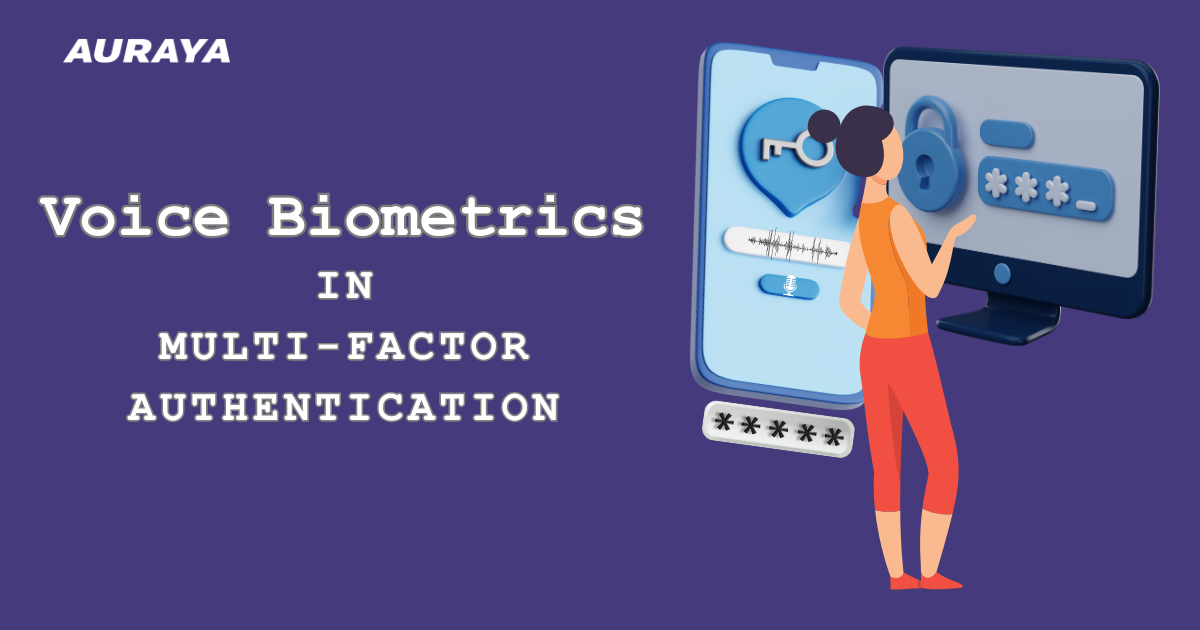Biometrics Continue to Show Prominence in the Future of Mobile Payments
As biometric technologies such as voice, facial and fingerprint technologies continue to be applied to various applications and use cases, the face of mobile payments could soon be heavily centered around biometrics and smartphones. This could provide better security and improved user experience while making tangible payment methods such as credit cards obsolete. The main trends that are currently causing the greatest influence are: mobile commerce, digital wallets and passwordless authentication.
Mobile Commerce
As covered in a previous blog post, mobile commerce is on the rise with many consumers purchasing goods and services and conducting money transactions online via their smartphones. In 2018, 40% of retail e-commerce sales came from the m-commerce smartphone platform. Additionally, in 2018 47% of Australians frequently used mobile banking to access their bank account and conduct transactions.
In a PaySafe study, 69% of consumers between the ages of 18-24 use biometrics authentication when shopping online, with the age range 25-39 (61%) and 16-17 (60%) following behind. However, the usage rate does drop significantly from the age of 40 onwards. This data depicts that younger consumers adopt biometric authentication more comfortably than older consumers. PaySafe claims that factors such as stronger propensity to use smartphones and to shop online as well as exposure to benefits could be the cause. Nonetheless, this trend provides a strong indication of what the future of online shopping could be like.
Digital Wallets
According to a Merchant Machine research, in 2017 there were a total of 600 million WeChat Pay users, 400 million Alipay users, 210 million Paypal users, 87 million Apple Pay users and 34 million Samsung Pay users. Although Apple Pay and Samsung Pay’s user interface and user experience are already well-polished and integrated, they are far from being the leading digital wallet providers. However, this only ascertains the positive signs of the future of digital wallets.
What makes these mobile payments and digital wallet services successful is their ability to provide frictionless and seamless user interactions. Set up is easy and secure as customers’ payment card details are not stored on their devices. Once set up, customers can verify their identity using either iris or fingerprint biometrics. The whole process takes seconds, adding to its appeal. These digital wallet services are compatible with payment terminals supporting near-field communications (NFC). Further, smartphones itself can also be turned into payment terminals plug-in devices such as the Innerfence credit card terminal or the Square Up credit card terminal.
Additionally, biometric technology can also be implemented in chatbots; which can be utilized for transaction-based customer interactions. For example, Auraya’s voice biometric engine, ArmorVox, is a next-generation voice biometric engine that provides voice verification and identification services. ArmorVox can be implemented to provide secure and seamless transaction authentication via its voice verification capabilities. This allows customers to complete their shopping journey, from start to finish, on a chatbot interface.
These collective technologies of digital wallets, mobile terminals and biometric authentication provide a clearer path for the future of mobile payments.
Passwordless Authentication
Knowledge-based security methods such as passwords are no longer ideal in today’s digital world. Passwords can be easily broken into due to various factors such as lazy passwords. Additionally, once someone obtains a user’s password, there is no backup protection until the password is changed.
Further, Microsoft has even dropped their password expiration policies as passwords today are too easily guessed or predicted. Constant password changes to protect against malicious attempts can lead to forgotten passwords or lazy passwords. Microsoft then explains that banned-password lists and multi-factor authentications are better alternatives. Multi-factor authentication, which involves two or more factors such as a voice biometric authentication coupled with a smart card, provides far superior security.
Today, numerous companies are developing biometric technologies to provide verification and identification services, replacing passwords and knowledge-based questions.
For example, Auraya’s ArmorVox engine has been implemented in various solutions such as verifying and identifying banking customers in Bank of New Zealand’s customer contact centers and providing in-store credit check authorizations for a major telecommunications’ retail stores in Australia. For both instances, passwords or telephone pins were not required, only a simple customer/employee number and a voiceprint were needed.
Other companies like Computop has also provided a biometric capability that supports the Strong Customer Authentication (SCA) requirement. It allows companies to implement biometric authentication at every stage of their customers’ shopping experience, providing constant authentication on the customer. This means that companies can skip the need for two-step authentication during payments, which includes the likes of customer passwords or re-entering details again.

















